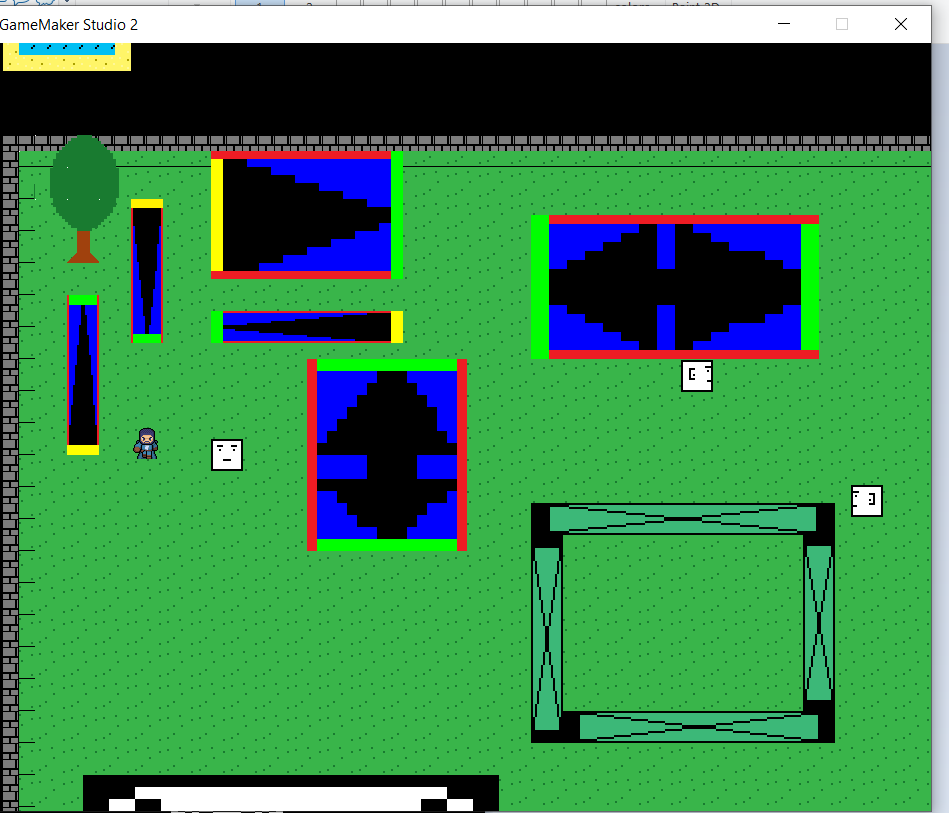A couple of years ago, I got really interested in randomizers, like the Link to the Past Randomizer or Final Fantasy IV: Free Enterprise. These games are romhacks that take the content of classic games and mix them all up so that you play them in a different order. Gating items appear in different locations and at different times than they would normally, allowing for different means of progression through an otherwise static game.
They’re interesting for a variety of reasons, but mostly they’ve been latched on to by the racing / speed running community. There’s a point at which what you’re doing when speed running a game isn’t getting better at the fundamentals of playing a game, but instead are doing rote memorization of sequences of inputs. With the game hacked apart and mixed up, the benefit from rote memorization is substantially diminished. Deciding factors in a race are less about optimal routing and more about depth in skill at playing the fundamental loop of the game.
Last year around October I got the notion that these romhacks are all cool, but they are at their core, hacks. I wondered if you could have a better experience playing a game built for racing from the ground up. To that end, I started working on an RPG in the vein of Mystic Quest. I talked about it a little bit about feeling stagnant in my progress on the game in my previous post on time boxing . Below is an image of the character moving around in one of the action sequences, like a dungeon or town.

In June, I plan on running through a whole feature for the game, the turn based combat system. The dirty secret is that the combat system is mostly built: I implemented the whole thing in python earlier this year to do balancing via Monte Carlo simulations. There’s still a lot to figure out when bolting the system onto the game itself though:
- Sound Effects
- Combat Animations
- Transition Animations
- Making the pace of combat feel right
- Balancing the combat for fun alongside expected win rate

Last month I ran off onto an entirely different project because I didn’t feel like I was making good progress, and I wanted that rush that comes with completing a project and feeling like it’s over. I’m hoping that by time-boxing a specific feature, I can get that same little bump of satisfaction, but still make good progress on a project that’s too large to fit into a single month.